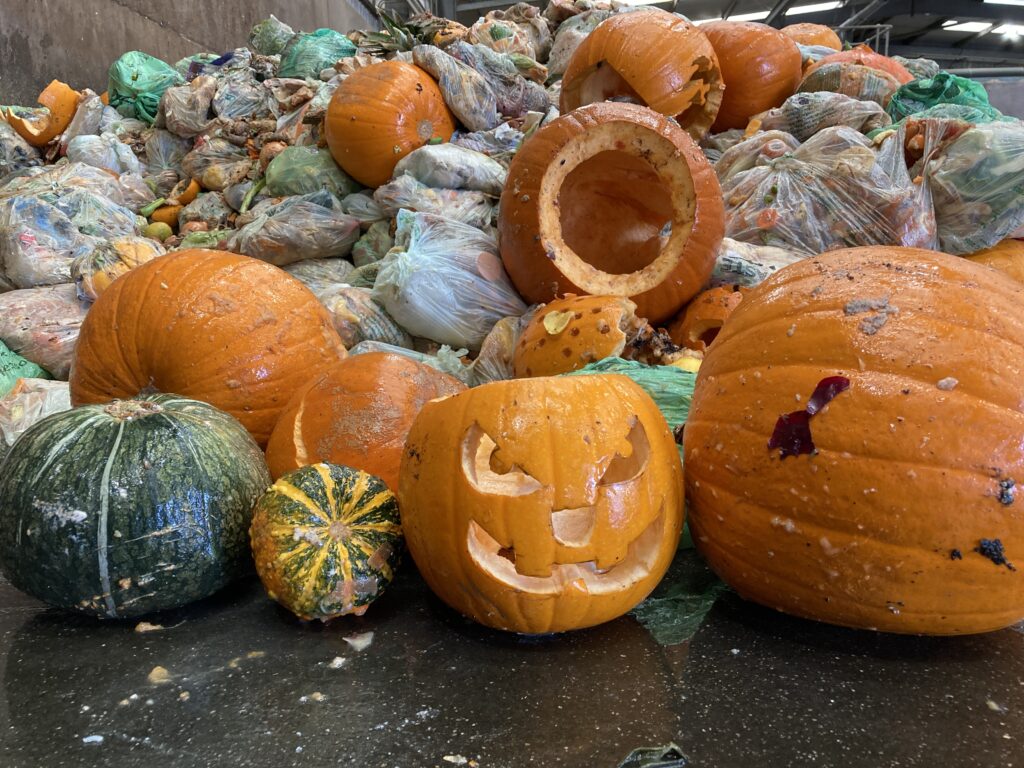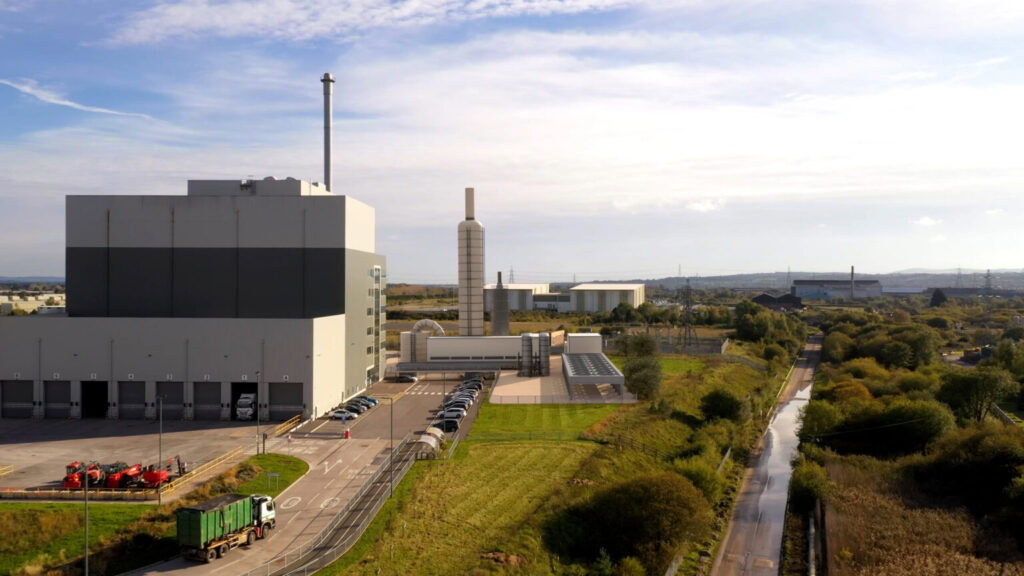The company estimated that this will produce 77 megawatts of “spook-tacular” energy to power 10,000 homes for a day.
Andrew Simm, operations director at Severn Trent Green Power, said: “We would always encourage everyone to follow the waste hierarchy and aim to reduce and reuse where they can. However, some food waste, like Halloween pumpkins in this case or potato peelings and chicken bones, are unavoidable. At Green Power, we take these and turn them into something good and useful through the anaerobic digestion process.
“So every time you dispose of food waste into your kitchen caddy, you are playing a part in generating sustainable homegrown energy, helping to reduce our reliance on fossil fuels and contributing to a circular economy. We hope our video will encourage more positive attitude and behaviour when it comes to dealing with unavoidable food waste.”
The life cycle of a pumpkin
Severn Green Power has also shared a video on the life cycle of pumpkins – in an effort to encourage everyone to recycle their pumpkins.
The video follows Patch the Pumpkin as he begins life as a seed in a garden, grows into a full-sized pumpkin and transforms into a jack-o’-lantern, before being discarded and left to be picked up by a food waste collection vehicle.
Simm, “We hope viewers enjoy watching Patch the Pumpkin’s journey as his adventures unfold and he returns to life as renewable energy. Food waste is a fundamentally important energy source as the UK commits to generating 100% clean power by 2030.
“We’d encourage everyone to recycle their unwanted pumpkins to prevent them from going to a less sustainable disposal fate. Don’t forget to check with your local council to find out what its arrangements are for collecting leftover pumpkins as sometimes they’re picked up alongside your food waste caddy.”








Subscribe for free